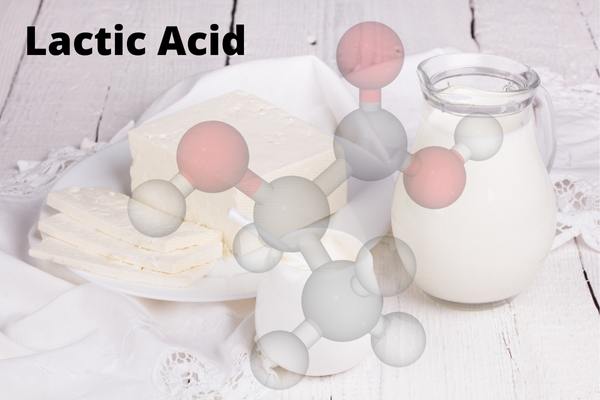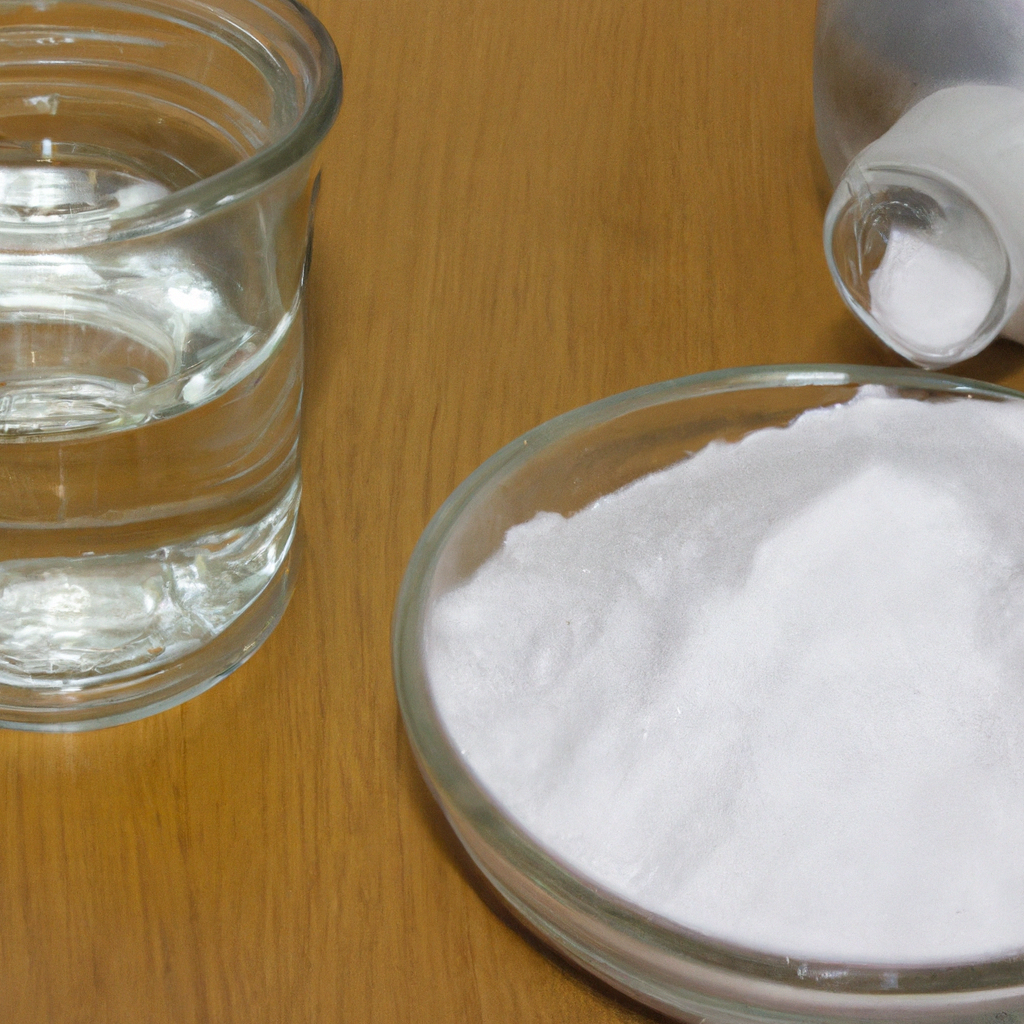As a seasoned brewer who has made countless batches of mead, I cannot stress enough the importance of pH in the process of mead making.
pH is the measure of acidity or alkalinity of a solution, and in mead making, it plays a crucial role in determining the health of the yeast, the taste of the mead, and its overall quality.
To craft the perfect batch of mead, a brewer needs to understand how to accurately measure pH and adjust it to the desired level.
The Importance of pH in Mead Making
Maintaining the correct pH level is critical in mead making. It influences several aspects of the brewing process, from yeast health to fermentation speed to the final taste of the mead.
Yeast, the crucial organism that converts sugars into alcohol, prefers a slightly acidic environment. A pH within the range of 3.7 to 4.6 is ideal for yeast health and fermentation.

If the pH is too high (alkaline), yeast may struggle to perform, potentially leading to a slow or stuck fermentation.
On the other hand, if the pH is too low (acidic), it can cause the yeast to produce off-flavors and may even kill the yeast.
The pH also affects the taste of the mead. A well-balanced pH contributes to a smooth, rounded flavor profile, while a pH that is too high or too low can lead to a harsh or flat taste.
Measuring pH in Mead Making
To measure the pH of your must (the unfermented honey-water mixture), you will need a pH meter or pH test strips. A pH meter is the most accurate tool for measuring pH, although it can be more expensive than pH strips.

When using a pH meter, it’s important to calibrate it properly to ensure accurate readings. This usually involves dipping the meter in a calibration solution and adjusting the meter until it reads the correct pH of the solution. Following the manufacturer’s instructions for calibration and care is essential.
pH strips, while less accurate, are a cheaper and simpler option. These strips change color when dipped into the must, and the color can be compared to a chart to determine the pH.
Why Does pH Change in Mead Brewing?
During mead brewing, pH changes are a crucial aspect of the fermentation process. Mead is a fermented beverage made from honey, water, and often additional flavorings such as fruits or spices.
The pH level can impact the flavor, aroma, and overall success of the mead-making process. Here’s how pH changes during different stages of mead brewing:
- Initial pH:
- The pH of honey is typically low, ranging from 3.4 to 4.5. This is because honey is naturally acidic due to the presence of organic acids and other compounds.
- When you mix honey with water to create the must (the liquid mixture used for fermentation), the initial pH of the must will depend on the ratio of honey to water and the specific characteristics of the honey used.
- Yeast Pitching:
- After creating the must, you will typically add yeast to initiate fermentation. The pH at this stage may remain relatively unchanged, depending on the acidity of the honey.
- Some mead recipes might require adjusting the pH at this stage to ensure an ideal environment for yeast activity. If the pH is too low (too acidic) or too high (too alkaline), it can negatively affect yeast performance and fermentation.
- Fermentation:
- As yeast consumes the sugars in the must and converts them into alcohol and carbon dioxide, several changes in pH can occur:
- Initially, the pH may drop slightly due to the production of organic acids (such as acetic acid) by yeast metabolism. This can make the mead slightly more acidic.
- As fermentation progresses, the pH may stabilize or rise slightly, depending on various factors, including the types of yeast and honey used, and the presence of other ingredients like fruits.
- Some fruits added to mead can be acidic, which can further impact the pH during fermentation.
- Aging and Clarification:
- After fermentation is complete, mead is often aged to improve its flavor and clarity. During this aging process, the pH may gradually change.
- The pH may become more stable and closer to neutral as any residual acidity from fermentation or fruit additions mellows over time.
- Adjustments to pH are typically not necessary during the aging process, but they may be made if the mead tastes too acidic or alkaline.
It’s essential to monitor the pH throughout the mead-making process to ensure that the fermentation progresses smoothly and that the final product has the desired flavor profile.
The optimal pH range for mead fermentation is generally between 3.7 and 4.6, but this can vary depending on the specific recipe and personal preferences.
pH testing kits and tools are available to help you measure and adjust the pH as needed during mead brewing.
Lowering pH in Mead Making
If the pH of your must is too high, there are several ways to lower it. Adding acid is the most common method of lowering pH. There are different types of food-grade acids available, such as citric, malic, lactic and tartaric, each contributing a different flavor profile to the mead.

Another way to lower pH is by adding acid blend, a mixture of different acids. This can provide a more balanced flavor than using a single type of acid. Remember to add acids sparingly and retest the pH after each addition to avoid overshooting the target pH.
Raising pH in Mead Making
Raising the pH of a must is less common, but sometimes necessary if the pH is too low. Potassium bicarbonate and calcium carbonate are both safe and effective for raising pH.

Add these compounds sparingly, as it’s easy to overshoot the target pH. After each addition, stir well and retest the pH. It’s also worth noting that adding these compounds can slightly dilute the flavor of the mead, so adjustments should be made with care.
pH and Different Types of Honey
Different types of honey can have varying pH levels, which can affect the initial pH of your must and the final pH of your mead. For example, buckwheat honey tends to have a lower pH than clover honey.

Understanding the pH of your chosen honey type can help you anticipate and adjust the pH of your must accordingly.
pH and Aging Mead
As mead ages, its pH can change. The aging process can cause the pH to decrease slightly, as acids are produced over time.
Monitoring and adjusting the pH during aging can help maintain a balanced flavor profile and prevent the growth of undesirable microorganisms.
Conclusion
In conclusion, understanding and managing pH is an essential part of mead making. A well-managed pH contributes to a healthy fermentation, a balanced flavor profile, and a high-quality mead.
1. pH is a measure of acidity or alkalinity.
2. Ideal pH for mead making is between 3.7 and 4.6.
3. pH affects yeast health, fermentation speed, and mead flavor.
4. A pH meter is the most accurate tool for measuring pH.
5. Adding acid can lower pH.
6. Potassium bicarbonate and calcium carbonate can raise pH.
7. Different types of honey have different pH levels.
8. The aging process can cause pH to decrease.
9. A balanced pH helps prevent the growth of undesirable microorganisms.
10. pH management is essential for high-quality mead making.
From my personal experience as a brewer, I can attest to the importance of pH in mead making. Knowing how to measure and adjust pH has been a game-changer in my brewing process. By managing pH, I’ve been able to make more consistent batches, fix slow fermentations, and improve the taste of my mead. I hope this knowledge will be as useful to you as it has been to me. Happy brewing!
FAQs
What is the best pH for mash?
The ideal pH for mash is typically around 5.2 to 5.5.
What to do if mash pH is too low?
If the mash pH is too low, you can add some baking soda or calcium carbonate to raise the pH level.
How do you fix acidic mead?
To fix acidic mead, you can try a few methods. One option is to sweeten the mead by adding more honey to balance the acidity. Another approach is to blend the acidic mead with a less acidic batch to even out the flavors. You can also try aging the mead for a longer period, as this may mellow out the acidity over time.
Is mash pH of 5.1 too low?
Yes, a mash pH of 5.1 is too low for optimal brewing.
What is the best pH for moonshine?
The ideal pH level for moonshine typically falls within the range of 5.0 to 6.0.
How do you raise the pH in mash?
To raise the pH in a mash, you can add alkaline substances such as baking soda or slaked lime. These ingredients will help increase the pH level and create a more basic environment in the mash.




